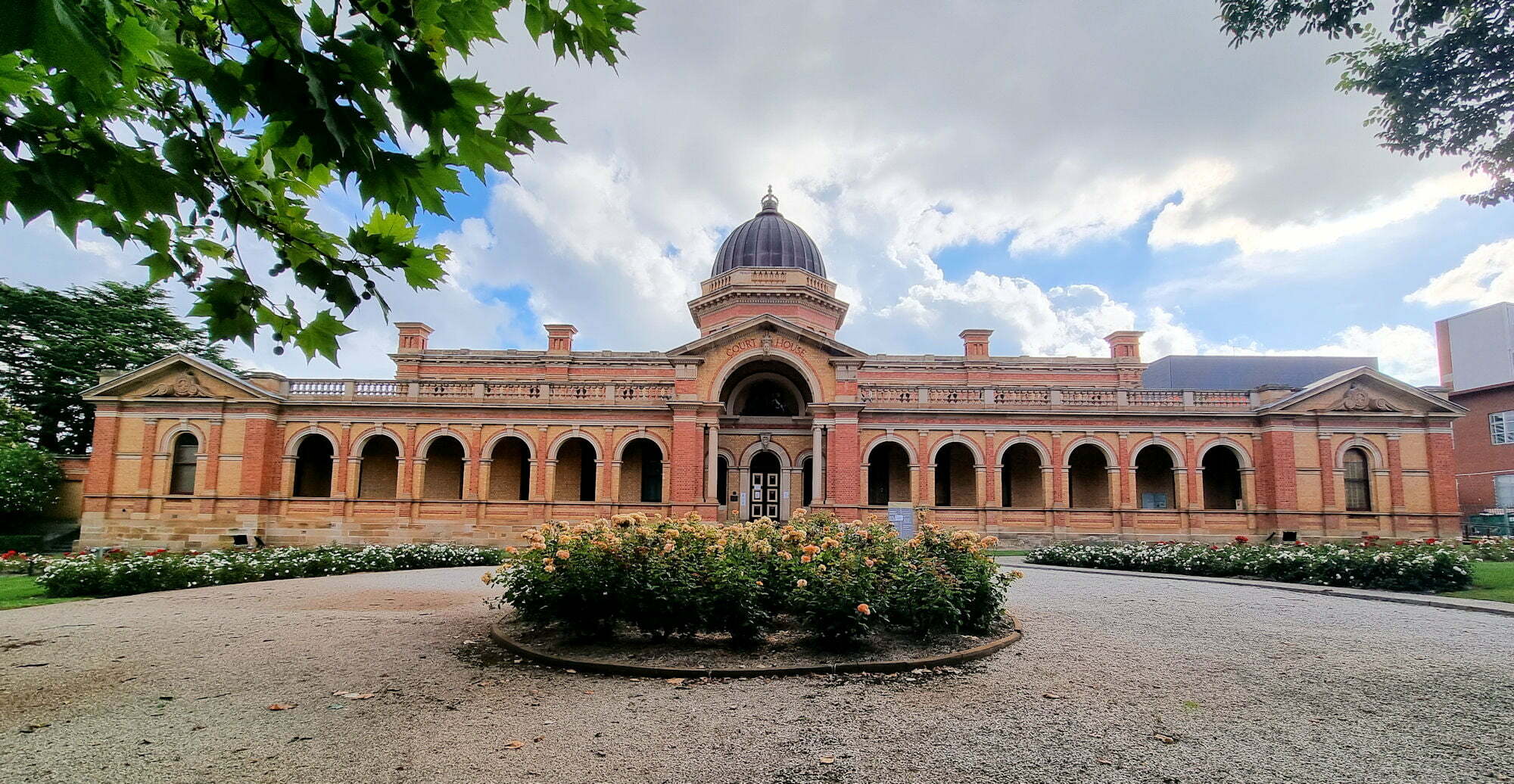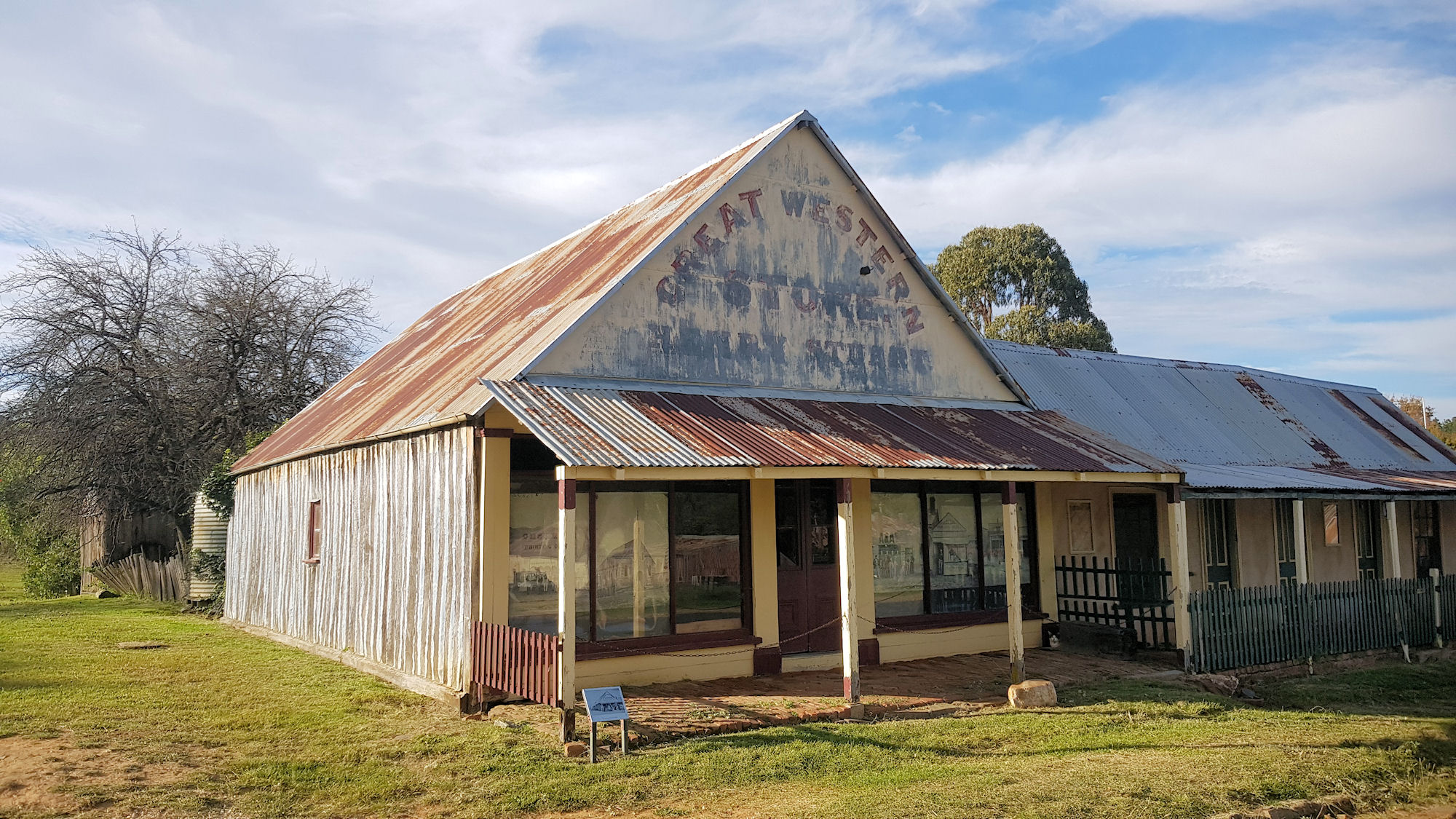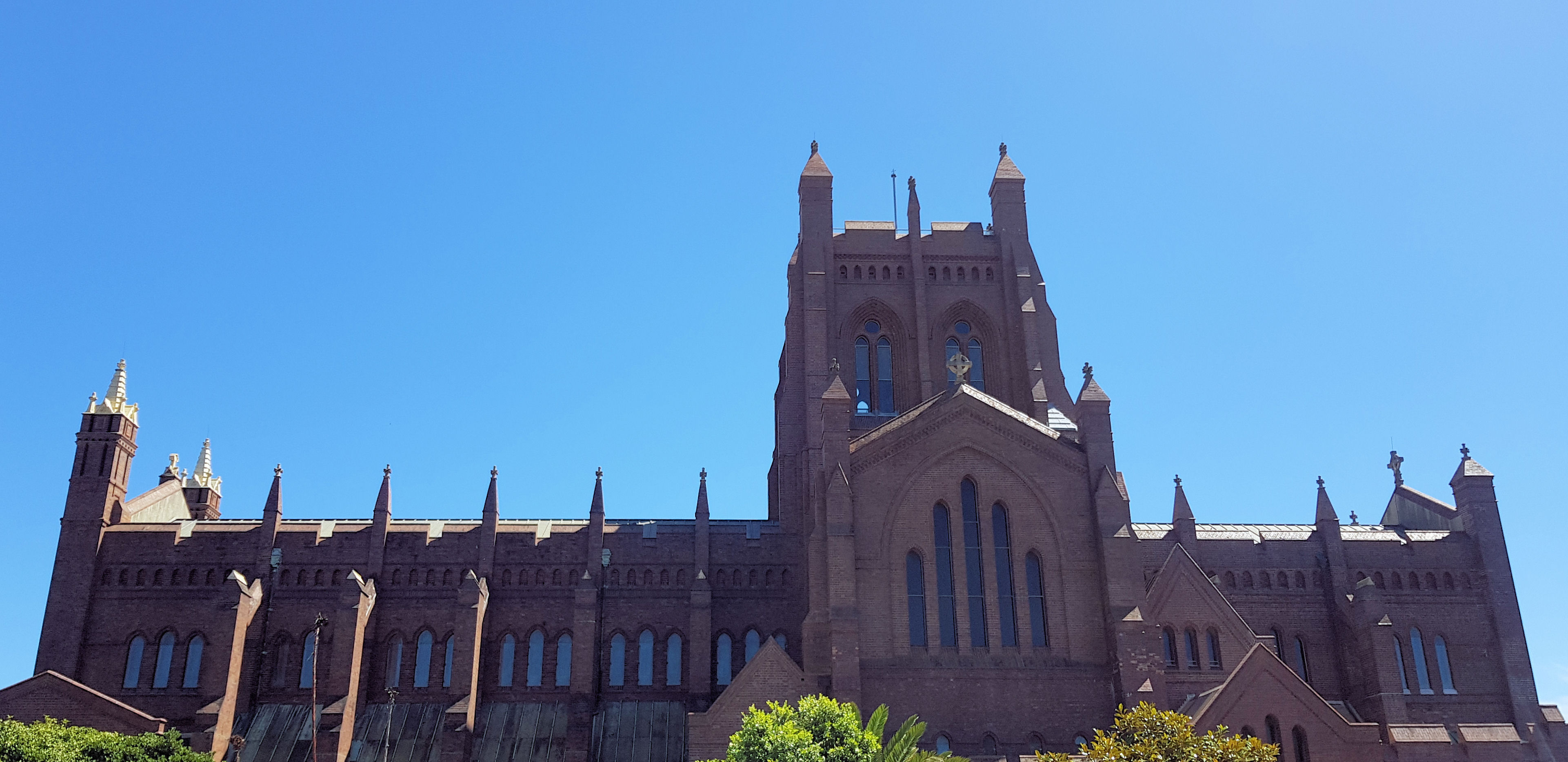Tag: Church
-
Goulburn New South Wales Australia

Goulburn New South Wales Australia Established in 1833, Goulburn New South Wales is 195 km south-west of Sydney and 90 km north-east of Canberra. It was declared Australia’s first inland city in 1863. To get to Goulburn, you can travel by train on NSW CountryLink services or by coach. It is approximately two hour’s drive… Read more
-
Hill End Historical Gold Mining Town

Hill End A gold rush in the 1870s turned Hill End from a small rural village into one of the largest inland towns in New South Wales. When the boom finished, the town reverted back to a small village, however unlike other boom / bust towns many of the historic buildings remain. Now heritage listed,… Read more
-
Christ Church Cathedral Newcastle

Christ Church Cathedral Christ Church Cathedral overlooks the city of Newcastle with fantastic views of the harbour and beaches. Parking is available in church street or the small onsite car park. Entry through the main door takes you passed a small kiosk where the attendants give a quick run down of the Cathedral and its… Read more